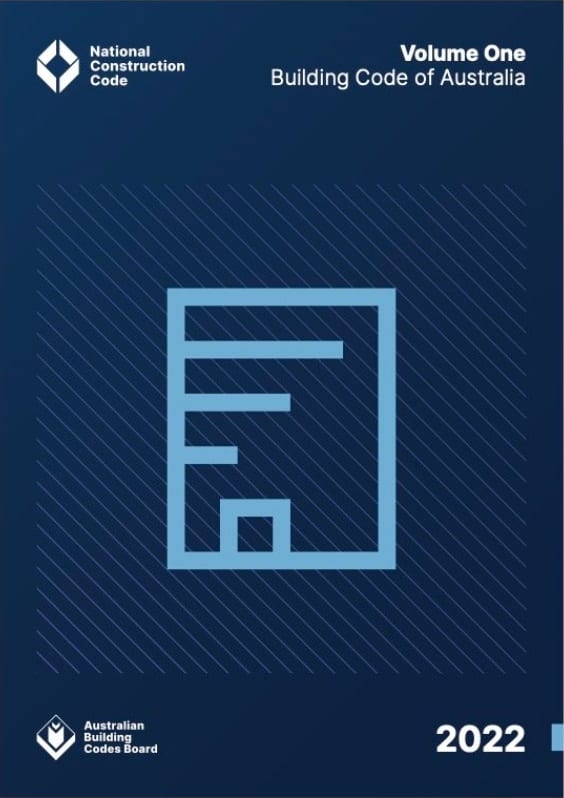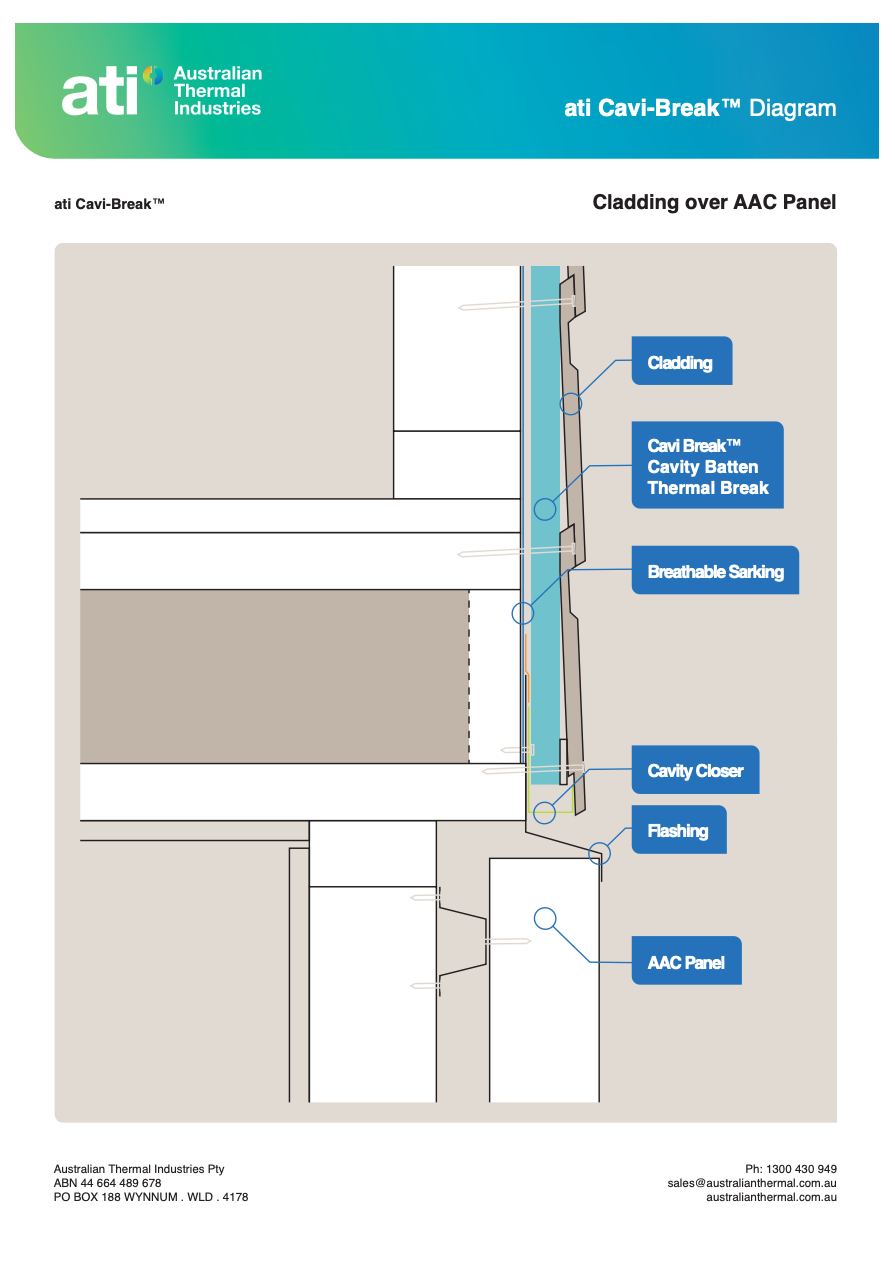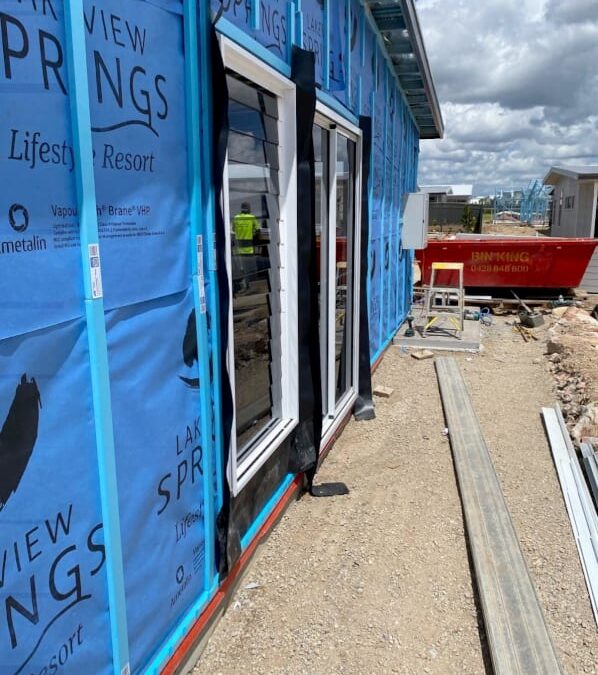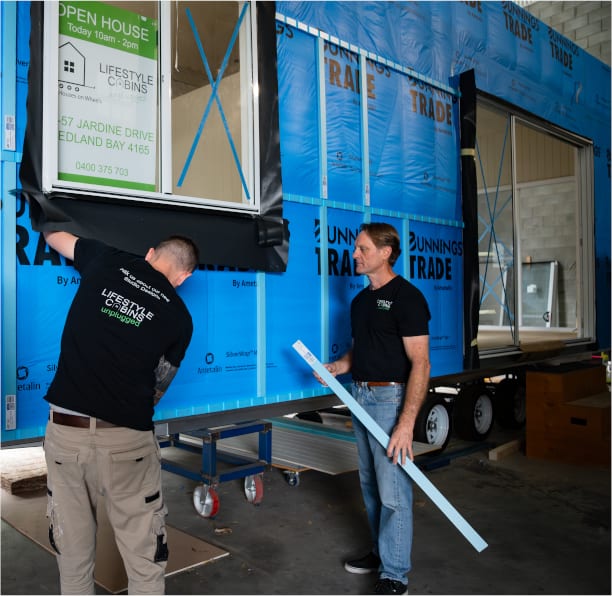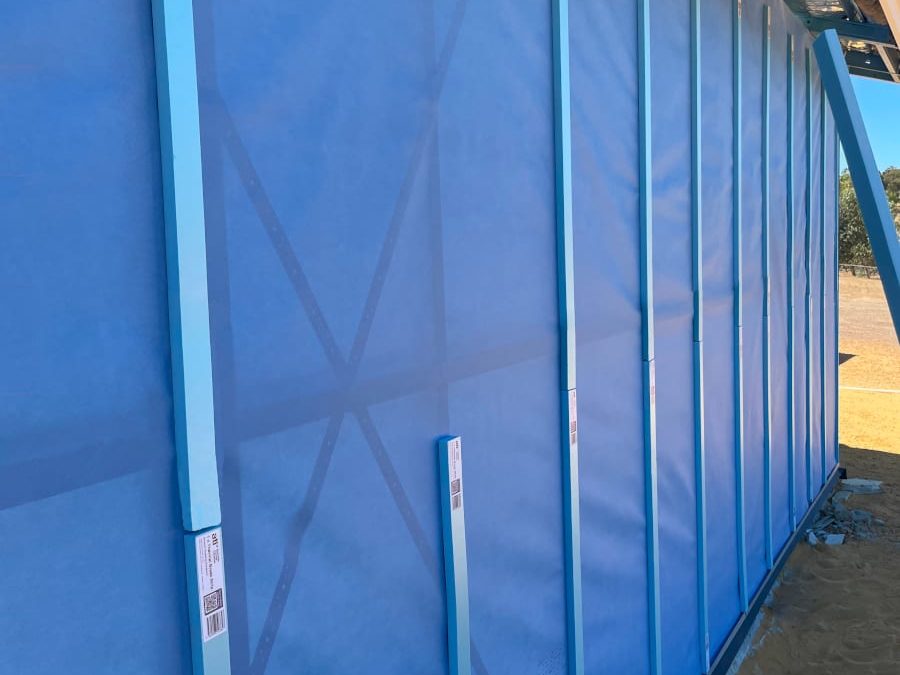National Construction Code 2025 Changes
As May 2025 approaches, Australia’s National Construction Code (NCC) is set to undergo significant updates.
The 2025 NCC will focus on enhancing thermal efficiency, particularly concerning thermal breaks and improving condensation management in wall assemblies through ventilated cavities, improving moisture management and ensuring healthier living environments.
Although these changes will be officially introduced in 2025, many builders and specifiers are already adapting to these new provisions, anticipating both regulatory shifts and the rising demand for better performing, energy-efficient buildings.
Using ATI’s Cavi-Break® and Cavi-Vent® systems makes it easy to stay ahead. Our solutions streamline compliance with current standards and are designed to meet NCC 2025 requirements for thermal efficiency and condensation management, ensuring your projects are built to best practice.
Here’s what the NCC 2025 updates mean for thermal breaks, wall cavity ventilation, and the construction industry at large.
Key Clause 10.8.1: NCC Cavity Ventilation Requirements
One of the most notable changes is Clause 10.8.1, ventilated cavity requirement, which will mandate a minimum 18mm wide ventilated cavity for specific Climate Zones (6, 7, and 8) to manage condensation and prevent mould build up.
This new provision, which is part of a three-phase implementation, aims to establish a more effective solution against condensation, to reduce long-term risks associated with unventilated wall cavities, such as rot, mould and unhealthy indoor environments.
Ventilated cavities not only improve the durability of the building envelope but also support occupant health by reducing the risk of mould and moisture accumulation.
For builders, this clause means incorporating thermal break and ventilation products like ATI’s Cavi-Break and Cavi-Vent to ensure compliance with the NCC’s new provisions.
ATI products deliver advantages across multiple areas of construction, from effective thermal breaks to optimised performance in ventilated cavity applications. The use of ATI’s Cavi-Break and Cavi-Vent not only eliminates the thermal bridging effects of wall studs but our products also mitigate the effects that ventilated cavities can have on the Total R value of external walls #.
Improved Building Health and Efficiency
The NCC’s emphasis on both thermal comfort and condensation management aims to enhance building durability and occupant health. This updated provision for ventilated cavities underscores the essential role of air circulation in managing condensation and preventing mould and mildew in wall assemblies.
The use of products like the Cavi-Vent thermal break cavity drainage batten provides effective airflow management, improving the overall health and efficiency of building envelopes.
Consistency in Compliance Across the Industry
These updated provisions in the NCC set a consistent benchmark for moisture and thermal management in the industry, offering a clearer pathway for compliance. Builders are now empowered to make informed decisions that protect both structural integrity and indoor air quality.
For industry professionals, the shift toward standardised R-values and ventilated cavity requirements means that compliance becomes a built-in feature of their practices.
ATI’s ventilated cavity and thermal break products simplify compliance while delivering long-term benefits. They provide a streamlined approach to meet these requirements, offering passive solutions that deliver compliance without requiring complex installation or costly add-ons.
Preparing for NCC 2025 Compliance
With many specifiers already integrating these upcoming provisions, it’s critical for builders, architects, and other construction professionals to stay informed.
Proactively adopting solutions like ATI’s Cavi-Break and Cavi-Vent enables smoother transitions, ensuring that projects align with best practices in both thermal efficiency and condensation management.
The NCC 2025 updates signify a progressive shift in Australian building standards, prioritising both environmental efficiency and occupant well-being. By embracing these new provisions and utilising high-performing solutions, the industry can confidently deliver healthier, more sustainable buildings.
# – the effects of ventilated cavities as determined by AS 4859.2
Contact us
Connect with us on LinkedIn or contact us here if you need more information about the NCC 2025 changes.
Learn More
Wall Cavity Diagrams
See all our Wall Cavity Diagrams for different cladding types in our Downloads section.
Related Articles
Cavities Behind Lightweight Cladding: Problems, the Science and Best Practice
Exploring The Role of Thermal Breaks
Timber Frame Cavity Battens are a Must
Product Information
Cavi-Break® product page and brochure
Cavi-Vent® product page and brochure
Consult the ATI Downloads section for technical details
R-Value Calculator
Try our Wall R-Value Calculator to compare different cavity batten solutions
Purchase
Where to purchase – major building supplies stockists
Usage Estimator – calculate how many strips you need
